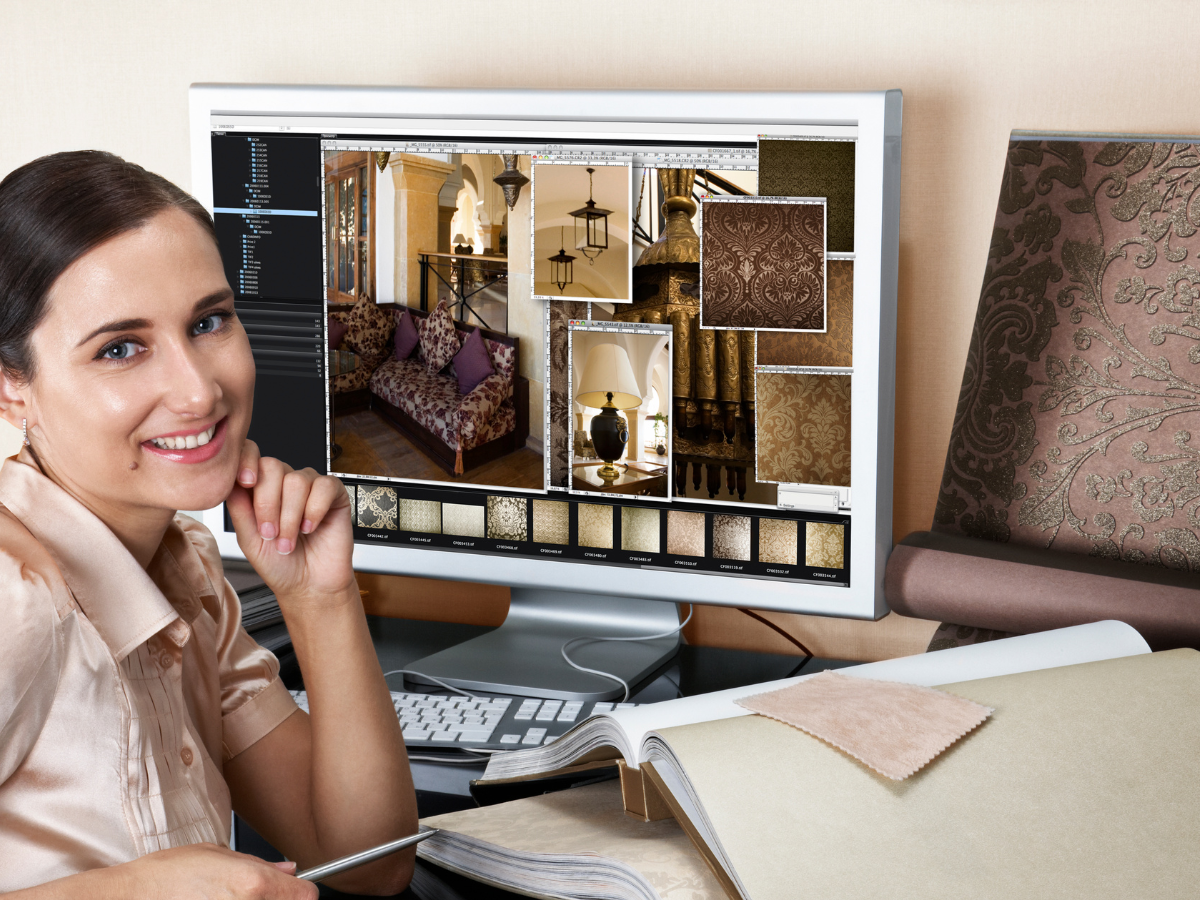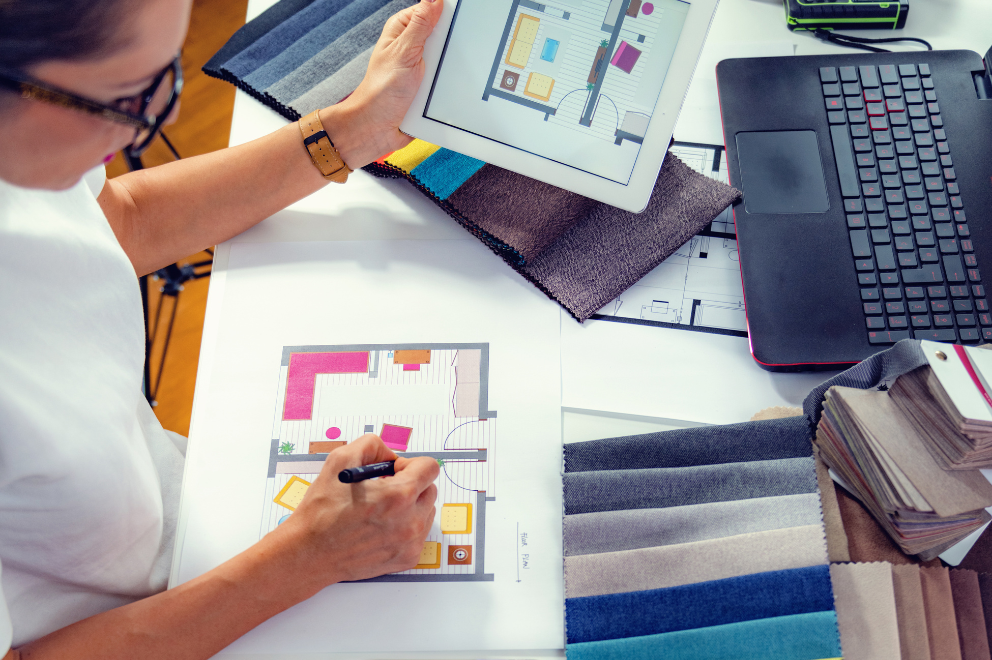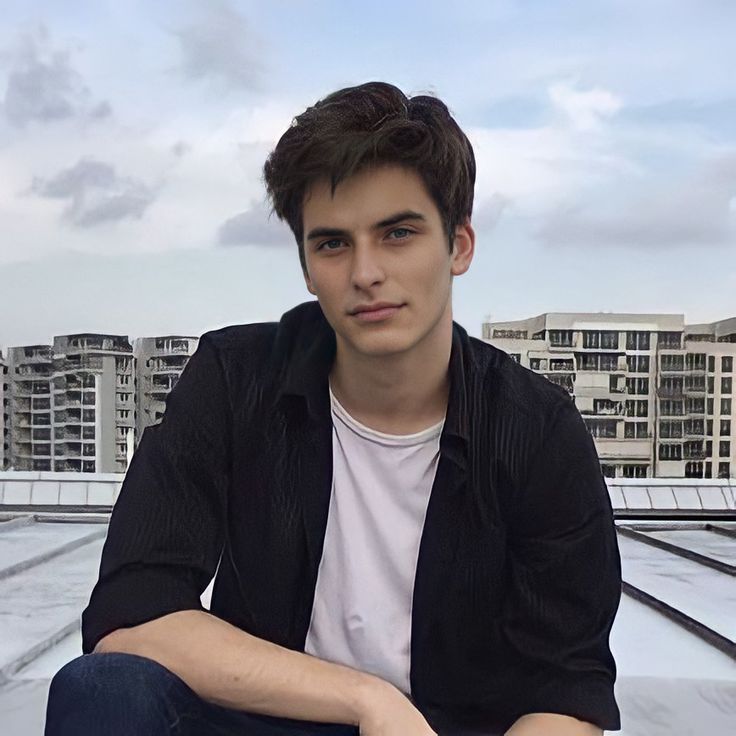
So you’ve ever wondered, “What does an interior designer do on a daily basis?” and felt like you’re in a room where everything is designed just for you?
That’s the magic of interior design. But behind every cozy living room, sleek office, or chic boutique is a talented interior designer who knows how to mix style with function.
Whether you’re curious about what these creative people really do or you’re thinking of hiring someone to redo your space, this is your resource. Let’s get into the world of interior design and pull back the curtain on those perfect rooms!

An interior designer is a professional who specializes in creating functional, aesthetically pleasing spaces within buildings. They work on both residential and commercial projects, transforming interiors to meet the specific needs and tastes of their clients. Their goal is to create spaces that are both beautiful and practical, reflecting the personality and lifestyle of the people who use them.
Interior designers assess how a space is used and determine the best layout to optimize flow, functionality, and comfort. They consider everything from furniture placement to how people will move through the space. They focus on the visual aspects of a space, such as color schemes, textures, lighting, and materials. The goal is to create a cohesive look that aligns with the client’s style, whether it’s modern, traditional, minimalist, or eclectic.
Designers choose the right materials, furnishings, and decor elements to fit the design concept. This includes selecting fabrics, flooring, lighting fixtures, and artwork, as well as custom pieces when needed. An interior designer also has knowledge of building codes, regulations, and safety standards. They ensure that the designs comply with these requirements, particularly in commercial spaces.
Interior designers oversee the implementation of their designs, coordinating with contractors, electricians, plumbers, and other tradespeople. They manage budgets, and timelines, and ensure that the project stays on track from start to finish. Throughout the design process, interior designers encounter challenges, such as awkward room shapes, lighting issues, or space constraints. They use their creativity and expertise to find solutions that enhance the space.
Interior designers work closely with clients to understand their needs, preferences, and lifestyle. They skillfully translate these ideas into a design that reflects the client’s personality while also being functional. In essence, an interior designer is both an artist and a planner, someone who seamlessly bridges the gap between form and function to create spaces that are not only beautiful but also practical and comfortable.

Interior designers are like space fairies. They turn ordinary rooms into magical, functional, and beautiful spaces that are a reflection of the people who live in them. They work out how to use the space, considering the layout, furniture, and flow.
Interior designers first create a concept for the space, carefully deciding on themes, colors, and an overall look that aligns with the client’s style. Next, they meticulously choose everything from furniture, fabrics, and lighting to flooring, paint colors, and accessories, ensuring that every element fits seamlessly into the design.
In short, interior designers turn dreams into reality by creating spaces that are as functional as they are fabulous.
Here’s a peek into what they typically do:
An interior designer’s day is a mix of creative brainstorming, detailed planning, and hands-on project management, all aimed at transforming spaces into beautiful, functional environments.
skills do you need to be an interior designer

To be an interior designer you need a mix of creative, technical and people skills. Here’s the breakdown:
At the heart of interior design is creativity, which is essential when considering the question, “what does an interior designer do on a daily basis?” You need to have a strong sense of aesthetics, understand how colors, textures, and patterns work together, and be able to visualize how different elements will come together in a space. Staying up to date with design trends and knowing how to incorporate them into your projects is crucial for success in this field.
Managing an interior design project requires good organisational skills. You need to be able to coordinate with clients, contractors and suppliers to ensure everything runs smoothly from concept to completion. This includes budgeting, scheduling and problem solving when things go wrong.
Good communication is key for an interior designer, especially when it comes to answering the question, “what does an interior designer do on a daily basis?” You need to be able to clearly communicate your ideas to clients and team members, listen to their needs and feedback, and sometimes mediate between different parties to achieve the best outcome. Additionally, strong presentation skills are essential for selling your vision and getting buy-in from stakeholders.
The success of an interior design project is in the details. From the placement of furniture to the choice of finishes, every element must be thought through and executed perfectly. A keen eye for detail means the final space is cohesive, functional and beautiful.
Every project comes with its own set of challenges, whether it’s a tight budget, unexpected construction issues, or a client’s changing needs. Therefore, as an interior designer, you need to be able to adapt and think on your feet. This means finding solutions to problems as they arise and still delivering a great result.
If you’re running your own interior design business you’ll also need business skills. This means knowing how to market yourself, manage finances and build and maintain client relationships. Being able to negotiate contracts and manage client expectations is part of the business of interior design.
Most interior designers have a degree in interior design or a related field. Many also pursue certifications or licenses, which may vary by region. Additionally, practical experience through internships or apprenticeships is crucial.
While both professionals work to enhance interior spaces, interior designers typically have formal training and can handle more technical aspects, such as space planning and structural changes. Interior decorators focus primarily on aesthetics, such as color schemes and furnishings, without altering the structure.
The cost of hiring an interior designer can vary widely based on their experience, the scope of the project, and location. Designers may charge by the hour, a flat fee, or a percentage of the overall project cost. It’s essential to discuss fees upfront and understand what services are included.
Absolutely! Many interior designers are happy to take on small projects, such as room makeovers or furniture selection. Be sure to communicate the scope of your project during your initial consultation.
Interior design is a dynamic and multifaceted profession that blends creativity, technical knowledge, and practical skills to transform spaces into functional and aesthetically pleasing environments. But what does an interior designer do on a daily basis? Whether you’re considering a complete home renovation or a simple room refresh, understanding the role of an interior designer can help you make informed decisions and achieve your vision. By collaborating with a qualified designer, you can enhance your living or working space, ensuring it reflects your style and meets your needs. So, embrace the journey of design, and let your space tell your unique story!

James Sullivan, an architect with a degree from the University of Texas, has focused on sustainable beach house designs since 2013. He joined our team in 2020, weaving his expertise into articles that emphasize harmony with nature. James enjoys scuba diving during his weekends.

Hi there! I’m Aisha Harper. With a background in exploring breathtaking destinations and a deep appreciation for creating warm, inviting spaces, I’ve combined my passion for adventure and home into a fulfilling career. From scaling mountains to styling living rooms, I love blending the thrill of the outdoors with the comfort of home, inspiring others to do the same.